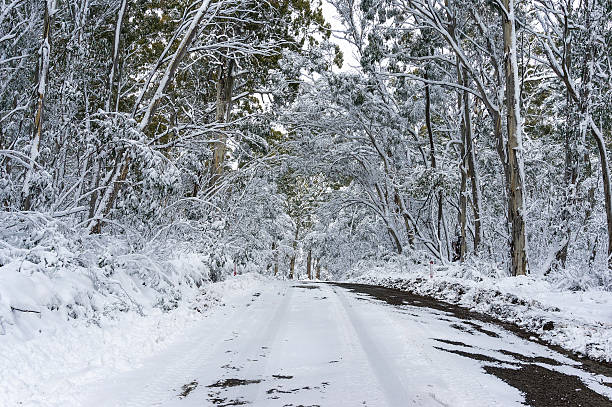Find Out Which Regions Get the Heaviest Snow In Australia During the Cold Season
Find Out Which Regions Get the Heaviest Snow In Australia During the Cold Season
Blog Article
Understanding the Importance of Snow in Australia for Agriculture and Tourist
While Australia is frequently connected with sun-kissed beaches and arid wilderness, it also boasts a wide range of snowy towering areas. The snow that coverings these regions is far more than a picturesque landscape feature. It acts as a lifeline for the nation's agriculture and a driving force for a profitable tourism sector. As we explore this unusual crossway, the potential impact of changing environment patterns on Australia's snowfall and its subsequent effects become an engaging focus.

The Unanticipated Snowfall: Australia's Alpine Regions
When wintertime capes the world, Australia's Towering regions don a white mantle of snow, a phenomenon that seems virtually paradoxical in this dominantly sun-baked land. The annual snowfall, although not as abundant as in some nations, is an essential aspect of Australia's environment diversity and plays a substantial function in the country's farming practices and tourist industry.
Wintertime's Bounty: Snow's Contribution to Australia's Water Resources
In spite of its rarity in the more comprehensive landscape of Australia, snow in the Towering regions plays an important duty in the nation's water sources. This is especially essential for Australia, a continent often afflicted by droughts. Without the bounty of wintertime snow, Australia's water sources would certainly be significantly strained, impacting both the atmosphere and the population.
White Blanket, Eco-friendly Area: The Influence of Snow on Australian Farming
Although much less noticeable, the impact of snow on Australian farming is substantial. Snowfall in the high nation works as an all-natural kind of irrigation, slowly melting and offering a steady water supply to lower-lying farmland. This water-rich setting fosters the development of durable crops, adding to the country's agricultural performance. Snowfall boosts soil health by introducing dampness and capturing nutrients, which are slowly released as the snow melts. This procedure improves the soil, fostering the development of much healthier, a lot more durable crops. In addition, snow cover works as a safety blanket, shielding the ground versus serious winter season temperature levels that could otherwise harm plants. Thus, the role of snow in Australian agriculture is both important and complex.

Cold Cash Money: Snow Tourist and Its Economic Relevance in Australia
While the worth of snow to Australian farming is often underestimated, its contribution to the country's tourism market is undeniably substantial. The snow-laden heights of Australia's towering areas attract a flurry of vacationers every winter, why not try here adding millions to the nationwide economic situation. Thus, the financial value of snow tourism in Australia prolongs much beyond the slopes.
Future Projection: Environment Change and Its Potential Effects on Australia's Snowfall
As the globe grapples with the truth of climate adjustment, so also must Australia ponder its prospective effects on the country's snowfall. Present clinical models forecast Source a decline in Australian snowfall, with potentially severe effect on both farming and tourist. In some locations, the snow season can be shortened by as much as 80 days by 2050. Such modifications endanger the viability of Australia's ski sector, which adds significantly to the local economy. Similarly, less snowfall could additionally influence the country's agricultural industry, as snowmelt plays a vital function in sprinkling plants. The prospective effects of these adjustments underscore the necessity of environment modification mitigation efforts, both in Australia and internationally.
Conclusion
In final thought, snow is a critical aspect of Australia's agricultural and tourist markets. The impending danger try this out of climate modification increases worries about the future of Australia's snowfall patterns, possibly disrupting these considerable financial industries.

When winter season cloaks the globe, Australia's Alpine areas don a white mantle of snow, a phenomenon that appears practically paradoxical in this dominantly sun-baked land.Regardless of its rarity in the broader landscape of Australia, snow in the Alpine areas plays an essential role in the nation's water resources. Without the bounty of wintertime snow, Australia's water sources would be substantially stressed, influencing both the populace and the setting.
Therefore, the financial significance of snow tourist in Australia expands far past the inclines.
In conclusion, snow is a critical aspect of Australia's farming and tourism sectors. Does Australia Get Snow.
Report this page